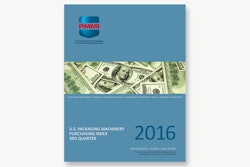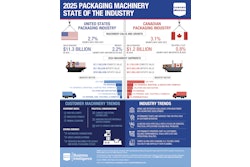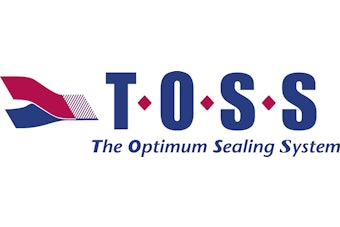
FDA’s device center seems to be the producer of the greatest number of guidance documents for industry. One big reason is the breathtaking variety of articles that are devices, from surgical gloves to MRI machines and artificial limbs.
FDA’s new draft guidance to help companies decide when they need to submit a 510(k) to FDA to confirm that their device is “‘substantially equivalent”’ to a lawful prior device. The document is designed to help device makers work through that always-tough determination of whether a change in a device warrants the filing of a 510(k) or whether it’s minor enough that the filing is not needed.
The new draft guidance specifically mentions packaging several times. For example:
+ If you change the packaging, the guidance document advises that “Generally, changes in device packaging or changes in the expiration date for use of a device do not require a new 510(k),” but if you use a new method or protocol to support new package integrity or shelf -life claims, a new 510(k) would be required. As an example, notes FDA, if a manufacturer changes the packaging for a sterile device, from one variant of polyethylene to another, but “analysis shows the new polyethylene has no impurities that could affect the device’s biocompatibility,” and the package integrity protocol will be the same as in the existing 510(k), no new 510(k) is required, says FDA.
+ Changes in human factors of the patient or user interface, including packaging, should trigger further consideration. The “’human factors”’ of the product’s patient or user interface include its packaging and labeling, and manufacturers should not overlook the potential effects of such changes on the use or safety of a device. FDA has an entire, separate gGuidance document on Applying Human Factors and Usability Engineering to Optimize Medical Device Design
+ For in vitro diagnostic devices, FDA says changes to external packaging wouldill not ordinarily be expected to affect the operating principle of the device.
Pushed by changes in the law in recent years, FDA has made the regulatory processes applicable to devices less burdensome in some ways. Though fewer regulatory burdens on industry are certainly welcome, the more you leave to industry discretion, the more industry will occasionally feel adrift, unsure if what they are doing will satisfy an FDA inspector. And it’s always going to be true that new entrants to the industry need all the help they can get, from FDA, or, for example, from an attorney.






















